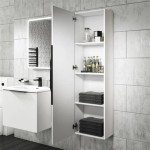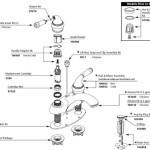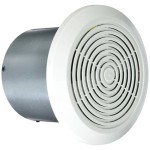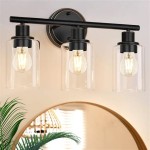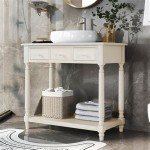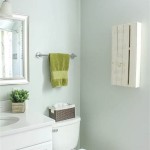Non-Slip Flooring for Bathrooms: A Comprehensive Guide
Ensuring the safety of your bathroom is paramount, especially when it comes to flooring. Non-slip flooring is an indispensable element in creating a bathroom that is both stylish and functional. This comprehensive guide will delve into the types, benefits, and installation considerations of non-slip flooring for bathrooms.
Types of Non-Slip Flooring
There is a wide range of non-slip flooring options available to suit different preferences and budgets. Here are the most popular options:
- Ceramic and Porcelain Tiles: These tiles are highly durable and offer excellent slip resistance. They come in a variety of textures, colors, and finishes.
- Rubber Flooring: Rubber flooring is known for its exceptional slip resistance and cushioning properties. It is also waterproof and easy to maintain.
- Vinyl Flooring: Vinyl flooring is available in sheets or tiles and provides excellent slip resistance. It is also waterproof and comes in a wide range of colors and patterns.
- Epoxy Flooring: Epoxy flooring is a durable and seamless option that can be customized to any color or texture. It is also highly resistant to wear and tear.
Benefits of Non-Slip Flooring
Non-slip flooring offers numerous benefits for bathrooms, including:
- Enhanced Safety: The primary benefit of non-slip flooring is its ability to prevent slips and falls, reducing the risk of injuries in the slippery bathroom environment.
- Peace of Mind: Knowing that your bathroom floor is safe and secure provides peace of mind for both you and your family.
- Durability: Non-slip flooring materials are designed to withstand heavy foot traffic and exposure to moisture, ensuring long-lasting performance.
- Hygienic: Non-slip flooring is easy to clean and disinfect, making it ideal for maintaining a hygienic bathroom environment.
- Aesthetic Appeal: Non-slip flooring does not compromise on style. Available in a variety of colors, textures, and finishes, it can complement any bathroom decor.
Installation Considerations
Installing non-slip flooring requires careful planning and execution. Here are some important considerations:
- Subfloor Preparation: Before installing non-slip flooring, ensure that the subfloor is level, dry, and free of any defects.
- Underlay Installation: An underlay provides additional cushioning and soundproofing. For bathrooms, a waterproof underlay is recommended.
- Adhesive Selection: The appropriate adhesive for your non-slip flooring will depend on the material and subfloor. Consult the manufacturer's instructions for the recommended adhesive.
- Installation Techniques: Different flooring materials require specific installation techniques. Follow the manufacturer's instructions carefully for proper installation.
- Drying Time: After installation, allow the adhesive to dry completely before using the floor. This may take several hours or days, depending on the adhesive.
Conclusion
Non-slip flooring is an essential element in creating a safe, functional, and stylish bathroom. By choosing the right type of flooring and installing it correctly, you can enjoy a bathroom that is both inviting and secure for all who use it. Whether you prefer the durability of ceramic tiles, the comfort of rubber flooring, or the versatility of vinyl, there is a non-slip flooring option that will meet your needs and enhance your bathroom experience.

Non Slip Flooring For Bathrooms Hamilton

How To Make A Tiled Shower Floor Less Slippery

Anti Slip Vinyl Flooring Solutions

Bathroom Flooring Non Slip Rubber For Bathrooms

Interlocking Rubber Bathroom Flooring Tiles Non Slip Splicing Waterproof Mat Modular For Drain Deck Pool Patio Balcony Shower Splice Rug Carpet With Made In Com

Anti Slip Floor Treatment Mobility Access Modifications

Non Slip Flooring For Bathrooms Hamilton

Wet Room Flooring Non Slip Bathroom Altro

2 0mm 0mx20m Non Slip Pvc Bathroom Flooring Roll With Glass Fiber Reinforcement Hospital Accessible Made In Com

Pin By Leros On Vinyl Flooring Винилови настилки Non Slip Bathroom Best
